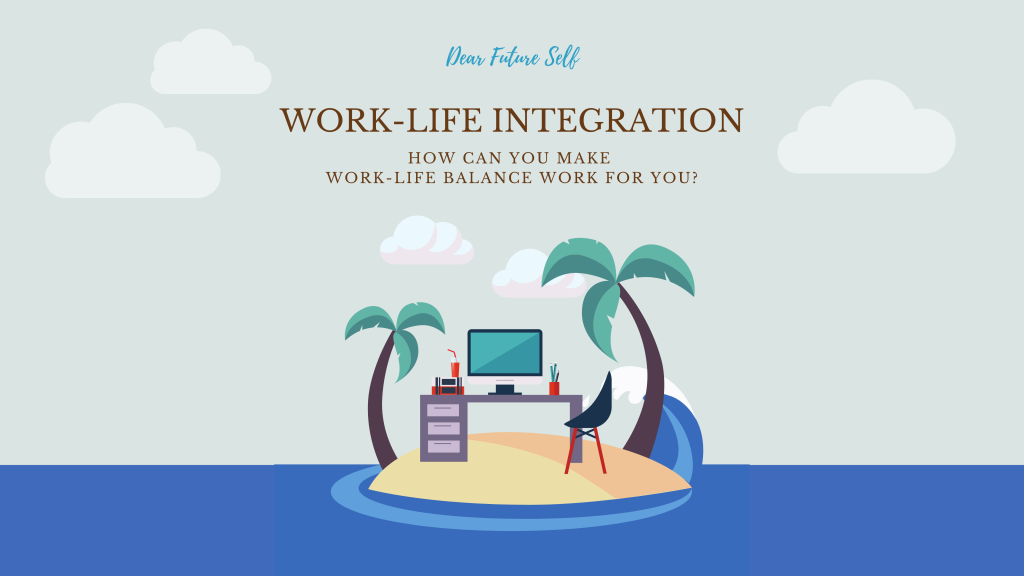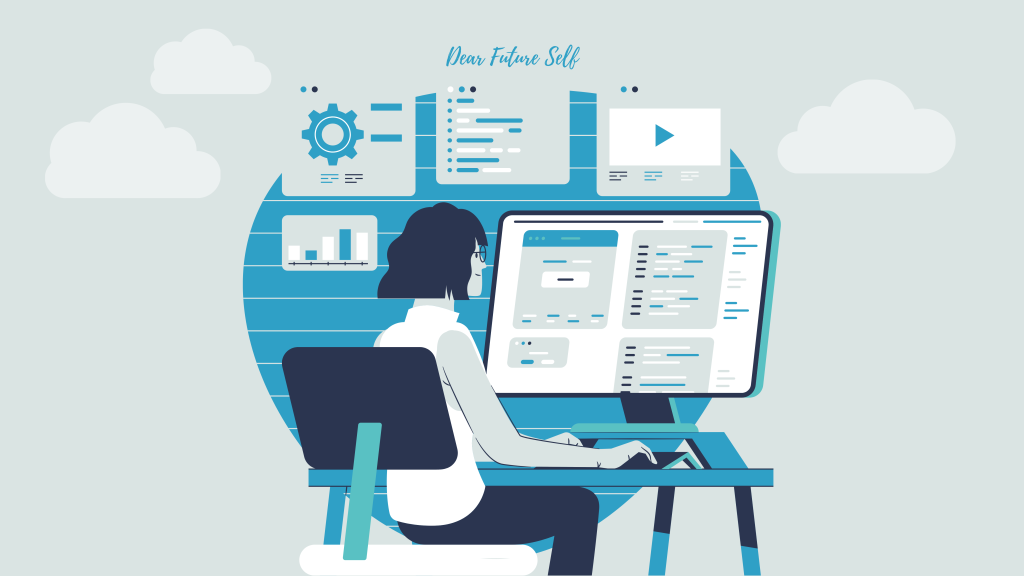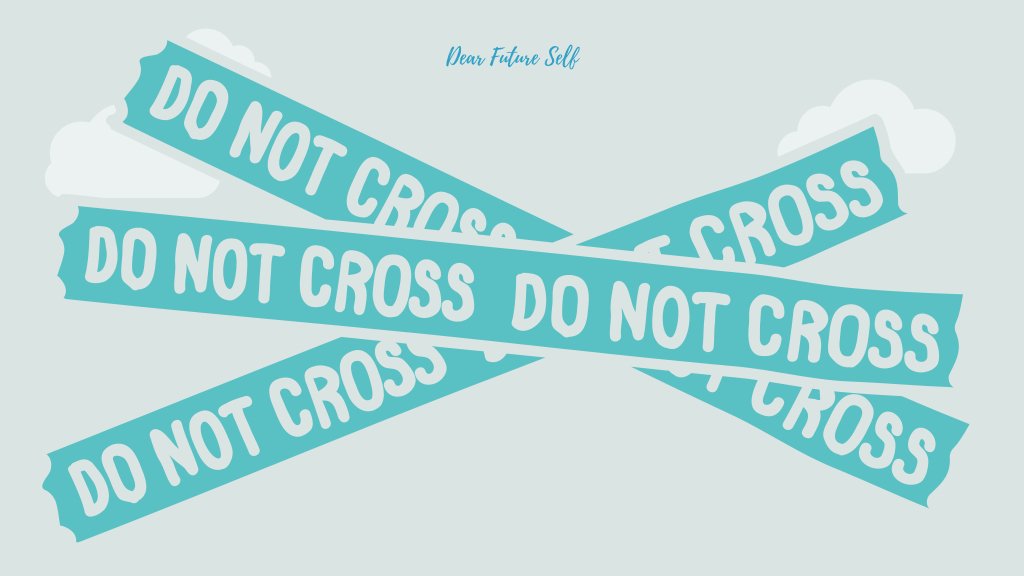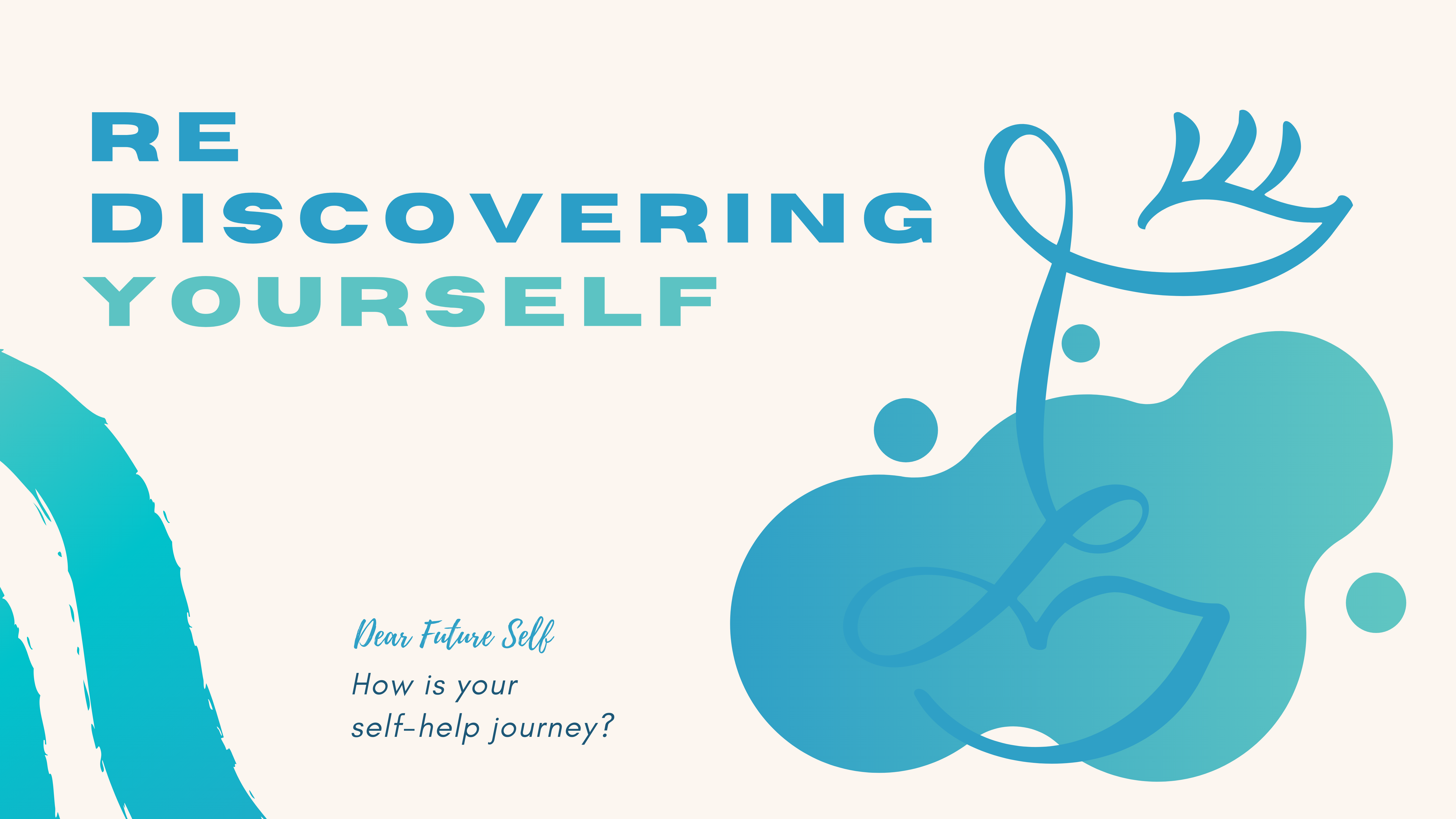
05 Jan Work-Life Integration & How To Make It Work?
HOW CAN YOU MAKE WORK-LIFE BALANCE WORK FOR YOU?
In today’s fast-changing world, the line between “work” and “life” is increasingly blurred. The traditional 9-to-5 job in a shared office space has evolved into a more flexible and hybrid work model for many. This shift brings both opportunities and challenges, especially when it comes to finding balance between professional responsibilities and personal well-being.
The phrase “work-life balance” has long been used to describe the need to manage our careers and personal lives in a healthy way. For some, this means carving out time for family, exercise, and rest. For others, it’s about creating space to recharge, pursue hobbies, or simply slow down. But balance doesn’t always mean giving equal time to work and life every day—it means being intentional about how you prioritize both.
With more people working remotely or with flexible schedules, the integration of work into personal life is more fluid than ever. Yet this flexibility can sometimes lead to overworking, difficulty disconnecting, and feeling mentally drained. The key is finding what balance looks like for you—and that may shift over time depending on your needs, relationships, and responsibilities.
Why Work-Life Balance Matters
Without boundaries, work can spill into every aspect of your life, leaving little room for rest, connection, or self-care. You may find yourself thinking about work constantly—even when spending time with loved ones or engaging in personal activities. While it’s common to seek balance, striving for a rigid 50/50 split can set unrealistic expectations. Instead, focus on creating a rhythm that aligns with your values and supports your well-being.
Everyone’s balance looks different. Whether you’re single, married, raising children, or caring for others, your lifestyle will shape how you approach the balance between your career and your personal life. And that’s perfectly okay.
What You Can Do to Make It Work for You
Here are three simple but powerful strategies to help you create better work-life balance:
1.Create a schedule that includes life, not just work. Don’t just plan meetings and deadlines—also block time for activities that support your well-being, like workouts, meals with family, creative hobbies, or even rest. By making these a formal part of your day, you’re more likely to follow through and value them equally.
2.Communicate and coordinate with those around you. If you live with others, talk about your schedules and responsibilities. Make sure your work routines align where possible and allow space for shared priorities. Collaboration at home is just as important as collaboration at work.
3.Set and protect your boundaries. Define when your workday begins and ends. Avoid the temptation to “just check one more email” late at night. Boundaries help preserve mental space and signal to others—and to yourself—that your personal time matters. Strive for quality and flexibility over perfection.
Redefining What Balance Means for You
Work-life balance isn’t about chasing the perfect formula. It’s about paying attention to how your time and energy are spent and making intentional choices that reflect your values.
This may also be an opportunity to reflect on what truly matters to you. What habits, routines, or commitments no longer serve your well-being or purpose? What brings fulfillment, and what drains you? Adjusting how you manage your time can lead to more meaningful work and more enriching personal experiences.
And remember: give yourself permission to reassess and make changes when necessary. Balance is not a fixed goal—it’s an ongoing process of self-awareness and adaptation.
Thinking about your ![]() , what parts of your daily routine are you willing to let go of—or prioritize differently—in order to protect your well-being and create more meaningful balance?
, what parts of your daily routine are you willing to let go of—or prioritize differently—in order to protect your well-being and create more meaningful balance?
References:
Cheng-Tozun, D. (2018, March 14). Work-life balance vs. work-life integration: How are they different, and which one is for you? https://www.inc.com/dorcas-cheng-tozun/how-work-life-integration-can-help-you-have-it-all.html.
Energy Resourcing. (2020, April 20). 9 ways to Improve work-life balance while working from home. https://energyresourcing.com/blog/work-life-balance-working-from-home/.
Shi, D. (2020, September 21). How the pandemic reset workers’ concept of work-life balance. Fast Company. https://www.fastcompany.com/90552228/how-the-pandemic-reset-workers-concept-of-work-life-balance.
Work life balance or work life integration. Veterinary Business Advisors. (n.d.). https://veterinarybusinessadvisors.com/work-life-balance-or-work-life-integration/.
Self-Help Corner
Seek Professional Help

Gift Certificates & Self-Care Package
Connect with Us







